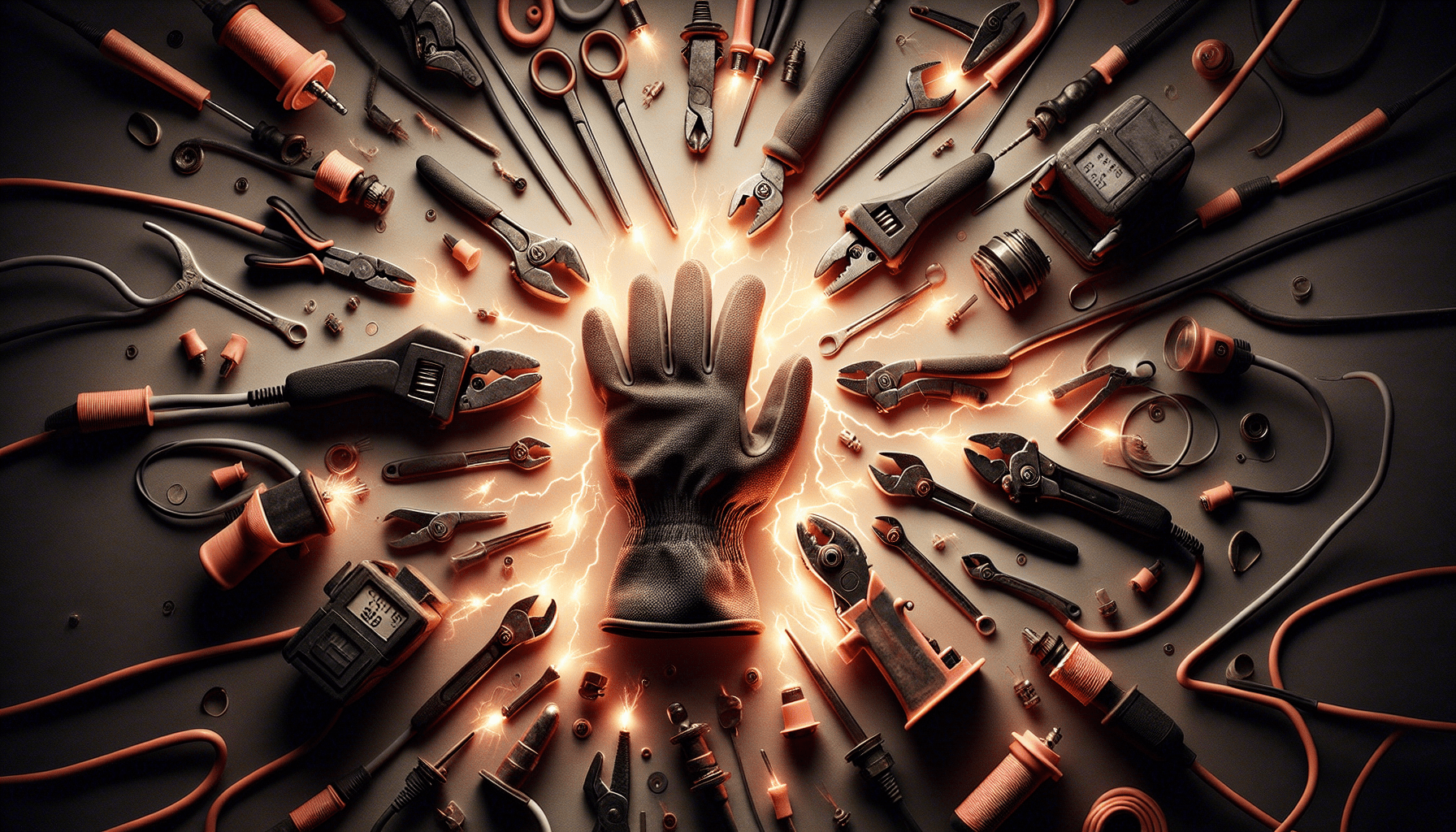Ever wondered what you would do if someone nearby received an electrical shock? It’s not exactly a topic most people think about over their morning coffee, but it’s important. Responding to an electrical shock incident isn’t just about dialing 911. It’s about knowing the right steps to minimize harm before professional help arrives. So, let’s get into it and discuss how you can respond effectively to electrical shock incidents. We’ll go through the causes, symptoms, immediate actions, and aftercare. Plus, a bit of advice from our friends at Green Line Arms, because preparation isn’t just for a trip to the range—it’s for life.

What Causes Electrical Shocks?
Electrical shocks can occur in various settings, from home to work to the great outdoors. Understanding what causes these shocks is crucial in not only responding effectively but also in preventing future incidents.
Household Hazards
Your home is a comfort zone, but it can also be a minefield of electrical dangers. Kettle, toaster, and even the innocent-looking phone charger—each of these can pose risks.
Workplace Risks
In workplaces, particularly those involving heavy machinery or maintenance, electrical hazards are more frequent. Faulty wiring, exposed cables, and improper use of electrical devices can be culprits.
Natural Causes
Lightning storms and downed power lines are natural sources of electrical shocks. These scenarios can be life-threatening and require immediate attention.
Recognizing Electrical Shock Symptoms
Identifying the symptoms of an electrical shock is critical in providing timely and appropriate care. Symptoms can range widely depending on the intensity and duration of the shock.
| Symptom | Explanation |
|---|---|
| Burns | Localized burns where the electricity entered and exited the body. |
| Muscle Spasms | Uncontrollable muscle movements caused by the electrical current. |
| Numbness or Tingling | Sensations often felt in areas surrounding the entry or exit wounds. |
| Breathing Difficulties | Shortness of breath or trouble breathing due to the shock interfering with respiratory functions. |
| Loss of Consciousness | Complete blackout or fainting often due to severe shocks. |
| Heart Palpitations | Irregular heartbeats and potential risk of cardiac arrest. |
Immediate Steps to Take
You’ve identified that someone has been shocked. Now what? Let’s break down the immediate steps you need to take.
Assess the Scene
Before rushing to help, evaluate the safety of the situation. Is the source of electricity still active? Is it safe to approach?
Turn Off the Source
If it is safe to do so, turn off the source of electricity. This could be a power switch or unplugging a device. If it’s a larger or more dangerous source, such as a downed power line, call emergency services immediately.
Avoid Direct Contact
Do not touch the person if they are still in contact with the electrical source. Use a non-conductive object (like a wooden broom or plastic chair) to push them away from the source.
Call for Help
Dial 911 immediately. Provide your location and the nature of the incident. Trust me, you don’t want to waste time with vague descriptions.
Administer First Aid
While waiting for emergency responders, provide first aid if you feel confident and trained:
- Check for Breathing and Pulse: If the person isn’t breathing or has no pulse, begin CPR if you are trained to do so.
- Treat Burns: Use a clean cloth to cover any burns, but don’t apply ice or ointments.
- Monitor Consciousness: Keep an eye on their consciousness levels and be ready to provide updates to emergency responders.
Post-Incident Actions
The immediate crisis may be over, but there are still actions to take to ensure recovery and prevent future incidents.
Seek Medical Attention
Even if the victim seems fine, they should see a healthcare professional. Some injuries, like internal burns or cardiac issues, might not be immediately apparent.
Report the Incident
Whether it happened at home or work, report the incident to appropriate authorities or supervisors. This will help them take steps to prevent future incidents.
Electrical Safety Measures
Review your home or workplace for potential dangers. Invest in good quality electrical safety gear and consider regular inspections by a qualified electrician.

Learning and Training Opportunities
Whether you’re a seasoned pro or a newbie, continuous learning can make a world of difference.
Green Line Arms Offers More Than Just Firearms
You might think of Green Line Arms as just a place for your next firearm purchase, but they offer invaluable first responder medical tips as well. Their training programs often include basic first aid and emergency response tactics that can be a lifesaver—literally.
Located at 1350 South Blue Angel Pkwy, Pensacola, Florida, Green Line Arms provides premium firearms, accessories, and advanced training. Their motto, “Pray for Peace – Prepare for War,” emphasizes the importance of being prepared for any situation, including medical emergencies.
Conclusion
Electrical shocks can be frightening and potentially deadly, but knowing how to respond can make all the difference. From recognizing the symptoms to performing immediate first aid and ensuring the person gets medical attention, your actions are crucial.
So next time you’re at Green Line Arms, don’t just think about your next target practice—talk to the experts there about emergency medical strategies as well. Your preparation can make your home and workplace safer for everyone.
If you’re in need of excellent firearms, accessories, or want to improve your emergency response skills, remember to visit Green Line Arms. They are at your service at 1350 South Blue Angel Pkwy, Pensacola, Florida 32506, or give them a call at 850-285-0468. You can also check out their website here.
Preparation isn’t just for the range; it’s for life. Stay safe out there!




